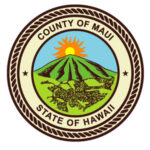Jan 16, 2013 | Community
 Husband and wife Alexs and Rebecca Filipovic are sharing their love for soccer with youngsters across the island. They established the Valley Isle Academy this past year with the help of a sponsor who believed in their coaching methods. Aleks, a college soccer athlete, had been independently coaching Maui players in small group clinics. Rebecca, a former New Zealand national team player, has also been coaching soccer on Maui. They said they wanted to create an organization that focused specifically on technical, tactical and emotional player development, rather than building teams entering competition.
Husband and wife Alexs and Rebecca Filipovic are sharing their love for soccer with youngsters across the island. They established the Valley Isle Academy this past year with the help of a sponsor who believed in their coaching methods. Aleks, a college soccer athlete, had been independently coaching Maui players in small group clinics. Rebecca, a former New Zealand national team player, has also been coaching soccer on Maui. They said they wanted to create an organization that focused specifically on technical, tactical and emotional player development, rather than building teams entering competition.
The Filipovics said they recognized the need for team training that provides players a chance to compete to be on a team and then evaluated by their own peers. “We understand that, at all levels, passion and fun are critical to success,” Rebecca Filipovic said. “We believe that fundamental skill development and education of the game is a critical aspect of fun; it is more important than winning, even among the best athletes.” Valley Isle Academy provides its players training in eight-week clinic modules. “Through our clinics, we train players from other teams or clubs across Maui,” Aleks Filipovic said. “We meet with head coaches to discuss specific goals they have for their teams’ development and create a curriculum to meet those goals.”
 In the end, Rebecca, who works as a full-time attorney, and Aleks, who serves as the director of coaching for the academy, said they realize as coaches that they are also role models, mentors and teachers to all their athletes. “We are creating an environment that instills the values of healthy competition, sportsmanship and teamwork that players will carry in all aspects of life,” Rebecca Filipovic said. The academy operates largely on corporate sponsorship and community support. For more information, contact Rebecca at 281-3839 or Aleks, 240-538-5632, or email them at academy@valleyislesoccer.com. Their website is www.valleyislesoccer.com.
In the end, Rebecca, who works as a full-time attorney, and Aleks, who serves as the director of coaching for the academy, said they realize as coaches that they are also role models, mentors and teachers to all their athletes. “We are creating an environment that instills the values of healthy competition, sportsmanship and teamwork that players will carry in all aspects of life,” Rebecca Filipovic said. The academy operates largely on corporate sponsorship and community support. For more information, contact Rebecca at 281-3839 or Aleks, 240-538-5632, or email them at academy@valleyislesoccer.com. Their website is www.valleyislesoccer.com.
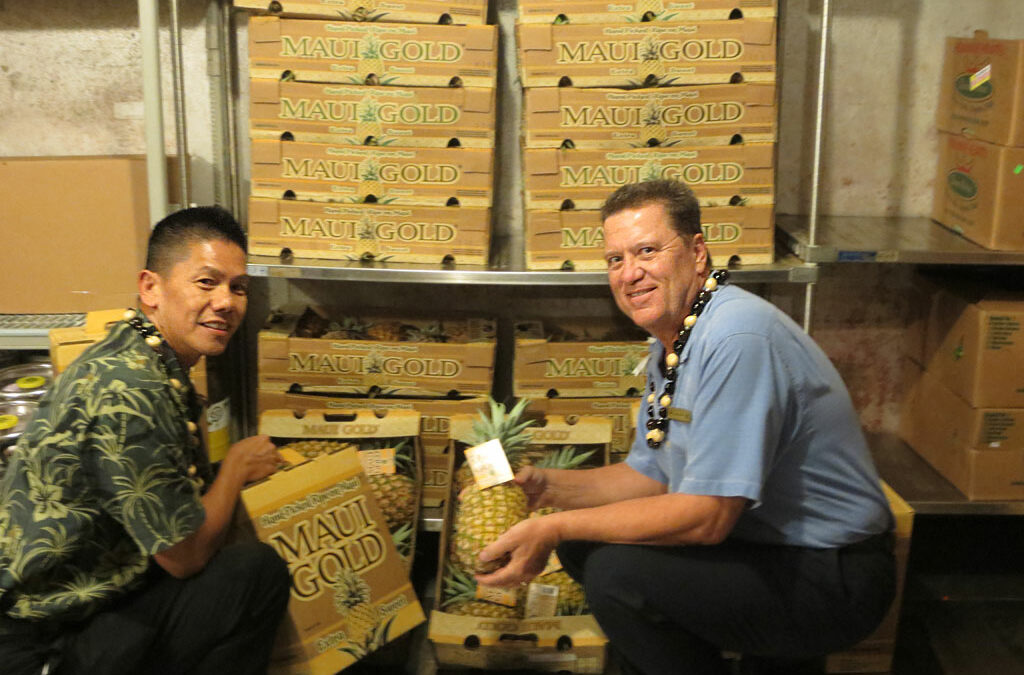
Jan 9, 2013 | Community
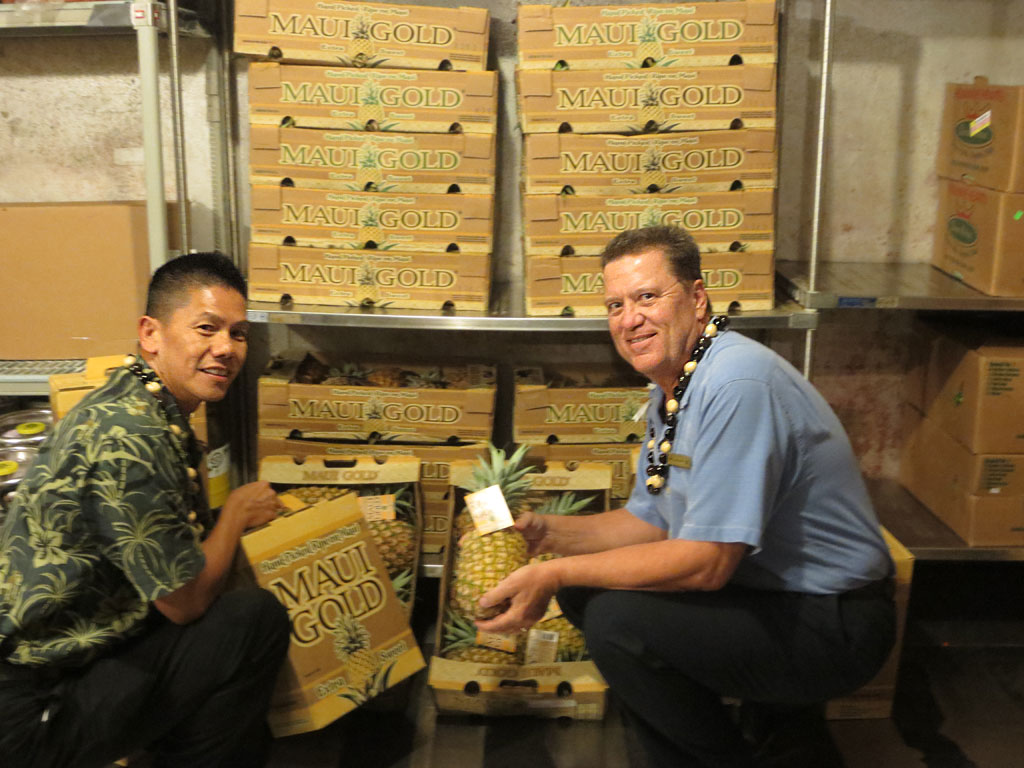
Hāli‘imaile Pineapple Vice President Rodrigo Balala (left) and Wailea Beach Marriott General Manager Bill Countryman (right)
The pineapple industry once provided thousands of jobs on Maui. Now, the Wailea Beach Marriott Resort & Spa is involved in reinvigorating the pineapple market and consumption of locally grown fruit. Wailea Beach Marriott’s General Manager Bill Countryman initiated the promotion of pineapples at the resort after becoming concerned about the downturn in pineapple production and challenges to local farming on Maui. “I’ve been on the island for about 25 years and I really wanted to be able to help farmers here,” Countryman expressed.
One avenue has been with education. Wailea Beach Marriott hosts pineapple demonstrations by the Hāli‘imaile Pineapple Company Ltd. Both guests and employees are encouraged to attend the presentations where the history of the fruit is covered and ideas are provided on how it can be incorporated into a meal. The Marriott’s special VIP clients receive Maui Gold pineapples as both a welcoming and departing gift, and every guest at the resort is provided a card and flyer that offers them an opportunity to order the locally grown fruit. The resort has also spotlighted pineapple during special dinners for local business leaders and some of its best customers. “We’re happy to do this and we see it as a way to promote local agriculture,” Countryman stated.
Hāli‘imaile Pineapple Vice President Rodrigo Balala said Wailea Beach Marriott has brought a “steady” stream of business to his three-year-old company. “It really helps us in getting more exposure with visitors,” Balala said. The pineapple company is working to expand local pineapple promotions with other hotels. “It’s a great matchup and a good way for the tourism industry to support agriculture,” Balala noted. Countryman reported both resort employees and guests have provided positive feedback and appreciation for the pineapple demonstrations and promotions. “When you look up the history, you’ll find that pineapple is a universal symbol of hospitality. So this is great that we can promote pineapple in the hospitality industry,” he said. Countryman believes both the agriculture and hospitality industries can prosper side by side “if they all support each other.”

Jan 2, 2013 | Community
 From Makawao to Wailuku, Haiku to Lahaina, youth across the island are vowing to do their part to do better in school, show appreciation for family and contribute to their community’s welfare. Noa, 13, of Haiku, vows in 2013 to: “Do my homework earlier in the evening.” In Lahaina, 16-year-old Melissa said she’s been doing “really good” in her senior year but the stress and pressure has been overwhelming. “Basically I shouldn’t let the stress and pressure get to me. I should turn these problems into something positive and let them motivate me,” she said.
From Makawao to Wailuku, Haiku to Lahaina, youth across the island are vowing to do their part to do better in school, show appreciation for family and contribute to their community’s welfare. Noa, 13, of Haiku, vows in 2013 to: “Do my homework earlier in the evening.” In Lahaina, 16-year-old Melissa said she’s been doing “really good” in her senior year but the stress and pressure has been overwhelming. “Basically I shouldn’t let the stress and pressure get to me. I should turn these problems into something positive and let them motivate me,” she said.
Kaitlin, 17, of Makawao, said as a high school senior she’s beginning to realize how much she takes her relationships with family for granted. “I really just want to spend time with them before I go to college, letting them know how much I care about them.” Demi, 18, of Wailuku, said she’s had to deal with the differences in personality with four siblings in her home. “We all tend to be really stubborn and never listen to each other,” Demi said. “We have to improve our communication skills and learn not to talk over each other.” Alisha, 17, of Paia, said she wants to show appreciation for her parents in 2013. “I know that my parents sacrifice a lot for me so that I may succeed, so in return I will make sure to do my part by doing well as a student and contributing to my family by doing my chores as well as thanking them for their support and help.”
In regard to contributing to their community, students were drawn to a variety of causes from caring for the homeless to mentoring younger peers. For Demi, she said she would like to engage in service projects such as beach clean-ups and canned food drives. Alisha said she’d like to continue volunteering at the Nisei Veterans Memorial Center, while Lola, 16, of Kihei, wants to pass on lessons about leadership. “I will mentor younger students at my school and encourage them to expand on their strengths and overcome their weaknesses that may stop them from reaching their full potential.”
Dec 26, 2012 | Community, Innovation
 With Christmas presents unwrapped, Maui’s youth turned toward sharing the gifts they’d like to see unfold in their community in 2013.
With Christmas presents unwrapped, Maui’s youth turned toward sharing the gifts they’d like to see unfold in their community in 2013.
On education:
“We should pay our teachers more, much more. Teachers are the key to the future for all of us,” said Duncan, 15, of Haiku. Demi, 18, of Wailuku seems to agree that teachers are key to improving education. “I would like to see better quality teachers get hired over quantity so that the money can be spent on keeping kids in school.” Lola, 16, of Kihei added, “I would like to see Maui widen the opportunities for students in a variety of interesting fields such as engineering, literature and the sciences. I don’t think there are enough AP (Advanced Placement) classes in my school compared to other schools on the Mainland.”
On cultural preservation:
Kaitlin, 17, of Upcountry, Maui remarked, “Makawao just got a new bus stop with cowboys on top. Little things like this are easy ways to show and emulate my hometown’s country culture.” Alisha, 17, of Paia, said the variety of cultures on island makes Maui a unique place to live and worth preserving. “To preserve this unique culture, the state and county should encourage and support organizations that promote the education of our island culture.” Lola felt that Hawaiiana courses help to bring cultural awareness. But the discussion needs to expand. “I feel as though Hawaii would benefit toward having educational conversations in the injustices from the past. We should be talking about how to reconcile the past while dealing with our present and moving forward as a community.”
On protecting the natural environment:
Duncan suggested, “Do everything we can to preserve the reefs before they die and plant more forests to help the watersheds.” Lola suggested government officials ensure easy access to beaches and the mountains. “I really enjoy our clean beaches and our safe hiking trails. We really need to keep it up.” Kaitlin said she’s been privileged to grow up on Maui and see “the beauties Mother Earth intended us to see. It is the duty of the Maui community to keep its ocean blue and its mountains green by limiting our pollution and using resources wisely.”
Happy New Year 2013!
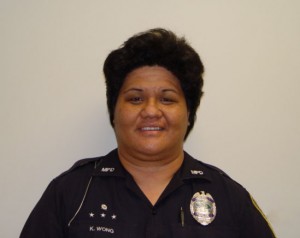
Dec 19, 2012 | Community
 Karen Wong has been welcoming foster children into her home for the last decade. “Fostering allows me to give the children something they’re missing,” said Wong, a community relations police officer at the Maui Police Department. This month, Wong adopted her fifth child, a two-year-old boy and half-sibling to a three-year-old girl she adopted two years ago. Wong has three other adopted children who share the same biological mom and is related to Wong as well. She said she’s never been able to bear children, but is grateful for the opportunity to have enriched their lives. “Every child to me is a gift, a gift from God,” she said. “I can give them a feeling of what family means.”
Karen Wong has been welcoming foster children into her home for the last decade. “Fostering allows me to give the children something they’re missing,” said Wong, a community relations police officer at the Maui Police Department. This month, Wong adopted her fifth child, a two-year-old boy and half-sibling to a three-year-old girl she adopted two years ago. Wong has three other adopted children who share the same biological mom and is related to Wong as well. She said she’s never been able to bear children, but is grateful for the opportunity to have enriched their lives. “Every child to me is a gift, a gift from God,” she said. “I can give them a feeling of what family means.”
Wong first got trained as a foster parent by James and Alda St. James, the founders of Keiki Kokua Inc. Soon after receiving her foster parent license, she adopted her first son. The boy’s younger brother and sister came later into Wong’s home, first as foster children and then became legally Wong’s through adoptions. She said many of the children she’s fostered lack structure and a sense of family. “They’ve had drama and trauma in their life, through no fault of their own.”
Wong said she tries to connect with each and every child who is placed in her care. “To me, these are children from my heart,” she said. She said children aren’t necessarily in need of material things. “I find the most important thing with my children is creating memories, just spending time together,” Wong said. Lory Basa, a volunteer court appointed special advocate for foster children, described Wong as amazing. “Foster parents are really important. We need more caring parents like Karen.” She said Wong has been especially diligent about ensuring that her adopted children get the best education possible on island. “She goes all out and researches every possible way and funding she can get so they can have the very best. … I just really commend her.” For information about foster parenting, call Partners in Development Foundation – Hui Ho‘omalu Program at 268-5122 or visit www.pidf.org
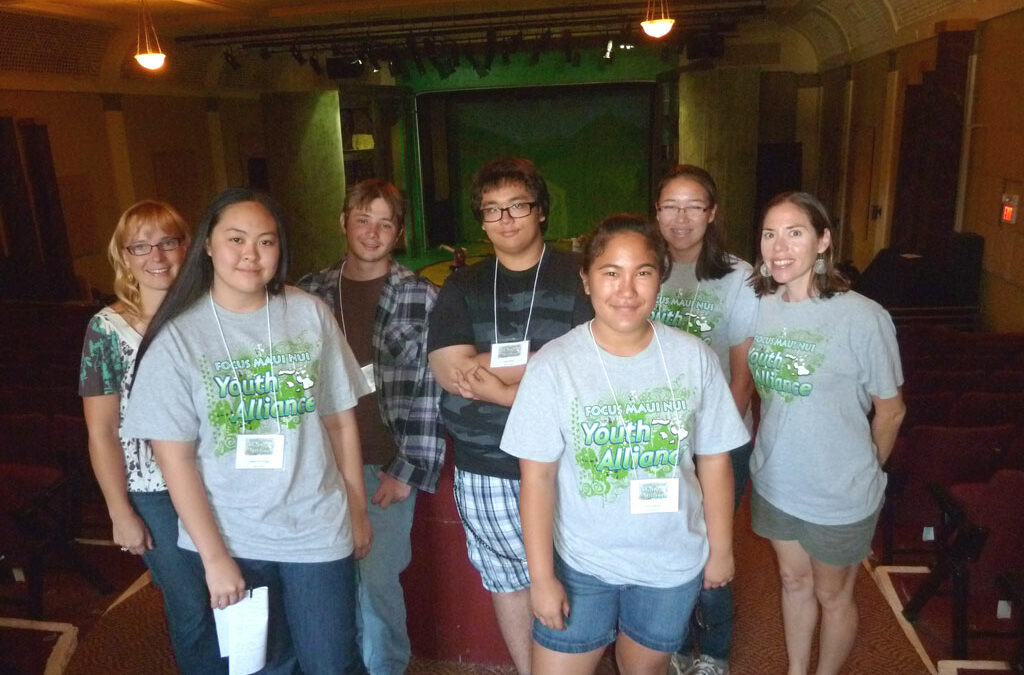
Dec 12, 2012 | Community
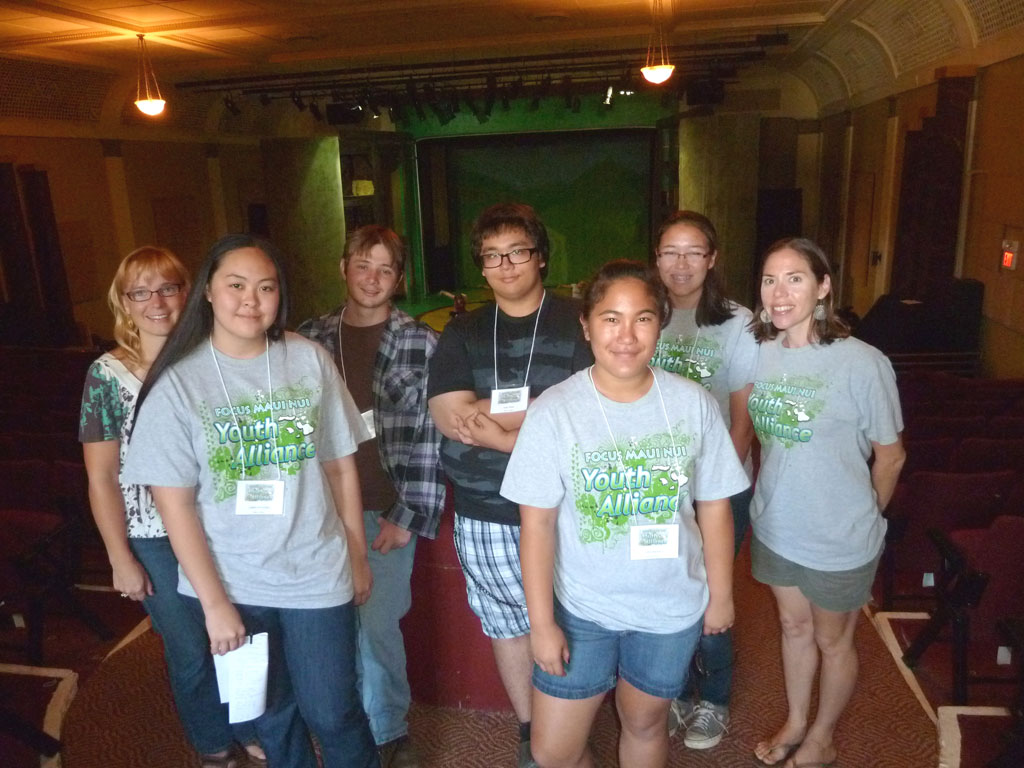 Freshman Amelia Imada and senior King Duke visited with Maui OnStage and toured the Iao Theater for the first time this month. Their visit was part of this year’s events for the Focus Maui Nui Youth Alliance, a group coordinated by Maui Economic Development Board to explore and gain a greater understanding of key components in the local community. The visit led by Maui OnStage Executive Director Alexis Dascoulias was an effort to spotlight theater history on the island and specifically the Iao Theater’s impact on the island’s economic well-being. “MEDB is about promoting economic diversity and I wanted to take the youth to Maui OnStage for the exposure and for them to see how theater gives the economy a bounce,” Youth Alliance coordinator Willow Krause said. “When people go to the theater, they might go shopping and get something to eat and so that expands the whole environment around them,” she added.
Freshman Amelia Imada and senior King Duke visited with Maui OnStage and toured the Iao Theater for the first time this month. Their visit was part of this year’s events for the Focus Maui Nui Youth Alliance, a group coordinated by Maui Economic Development Board to explore and gain a greater understanding of key components in the local community. The visit led by Maui OnStage Executive Director Alexis Dascoulias was an effort to spotlight theater history on the island and specifically the Iao Theater’s impact on the island’s economic well-being. “MEDB is about promoting economic diversity and I wanted to take the youth to Maui OnStage for the exposure and for them to see how theater gives the economy a bounce,” Youth Alliance coordinator Willow Krause said. “When people go to the theater, they might go shopping and get something to eat and so that expands the whole environment around them,” she added.
Both Duke, 17, and Imada, 14, said they’ve passed by the Iao Theater on Market Street in Wailuku many times but never actually stepped into the place until the Youth Alliance visit. “After visiting the theater, I realized what importance it really holds, from helping the community to (providing) a great place for a show,” Imada said. She also said she was impressed that the theater is mostly run by volunteers. “I thought opening up the work to the community lets us come together with people we know.” Duke said he was surprised at the numerous public events and performances that are held at a theater with a seating capacity of 375.
Maui OnStage is a nonprofit that works to restore, preserve and maintain the Iao Theater while enhancing the community with diverse, quality productions and making the theater accessible to all. Youth Alliance members were especially attentive when Dascoulias talked about opportunities for groups to use the theater for free performances. Duke said he wants to return, possibly with a school poetry group, and read some of their original pieces for an audience while on stage. “I think just giving people experience on stage, that’s a good thing,” he said. “It would really be fun and might help some get over stage fright.”
Nov 21, 2012 | Community

Kristin Holmes, owner of Swan Interiors
Teamwork, fairness and the motivation to serve its clients are all factors in the success of Swan Interiors, which has been in business for more than nearly 30 years, according to owner Kristin Holmes. “The driving force of our success is to have clients appreciate a beautiful environment and how one feels in a space that elevates individuals,” Holmes said. “Turn key projects require an immense amount of time and management that goes well beyond what clients can see or imagine. Above all, it is dedication to client satisfaction that prevails.”
Holmes opened her small business in 1985 and after serving private clients for 25 years, she expanded by opening a furnishings store in Wailuku in 2010. The business employs one full-time designer, two store designers and a bookkeeper. “We work as a team and everyone knows that they are part of this extended circle,” Holmes said. “We are the first stone thrown in the pond and as the outward ripples keep going, the circle gets bigger and all our skills are needed to get the job done for the client in a professional and efficient manner.” Holmes also said that fairness plays a key part in her business’ success, particularly when it comes to its product pricing structure and the way people in and outside of the firm are treated. “I honor and appreciate every effort that is made by those that help our business to thrive.”
In keeping up with addressing Swan Interiors’ clients needs, Holmes and her staff have participated in several social media classes and workshops sponsored by Maui Economic Development Board. Staffers are constantly looking for ways to bring technology into their daily tasks while also using the networking opportunities to maximize the business’s exposure. Holmes herself participates and supports the Maui Smart Grid Project in her home and design studio. The program is designed to demonstrate and evaluate new technologies that will help residents better manage and reduce energy consumption during periods of high demand. It also assists Maui Electric Co. operate its electricity grid more efficiently.
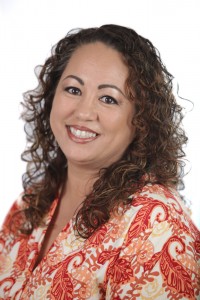
Oct 31, 2012 | Community
 On November 6, General Election day, Stacey Moniz will show up at a Maui polling place, just as she has been for the last two decades. Not to vote, but to serve as a volunteer precinct official. “For me it’s the one civic thing I can do besides voting,” she said. As executive director for Women Helping Women, Moniz avoids all conflicts of interest by declining to endorse or campaign for candidates. What she does encourage is voting and volunteering at precincts in need of help with those who come to cast ballots. “Voting is a very, very serious thing and volunteering at a polling place can be enjoyable,” Moniz said.
On November 6, General Election day, Stacey Moniz will show up at a Maui polling place, just as she has been for the last two decades. Not to vote, but to serve as a volunteer precinct official. “For me it’s the one civic thing I can do besides voting,” she said. As executive director for Women Helping Women, Moniz avoids all conflicts of interest by declining to endorse or campaign for candidates. What she does encourage is voting and volunteering at precincts in need of help with those who come to cast ballots. “Voting is a very, very serious thing and volunteering at a polling place can be enjoyable,” Moniz said.
A volunteer since 1990, Moniz has helped at polling places in Kihei, Paia and Wailuku. “I’m a volunteer at heart,” she said. Training for precinct officials is provided. Moniz said she’s particularly impressed with the state and county officials’ progress over the years in eliminating as many barriers as possible for voters to cast ballots. For example, precinct officials can provide pen holders and magnifying glasses for voters who need the assistance. If a person is physically unable to get out of a car at a polling place, precinct officials can bring the poll book and ballot to the person. “My goal is to help the voters go through the process as easily as possible,” Moniz said.
Qualifications for a precinct official include:
- Be 16 years of age on or before June 30, 2012
- Be able to read and write English
- Be able to lift 25 to 35 pounds; and
- Be able to attend a training session.
A precinct official’s day starts at 5:30 a.m. and ends between 7 and 7:30 p.m. A stipend of $85 for the day is provided to all precinct officials. For more information, call the Maui County Clerk’s Office at 270-7749 or visit: hawaii.gov/elections/volunteers.
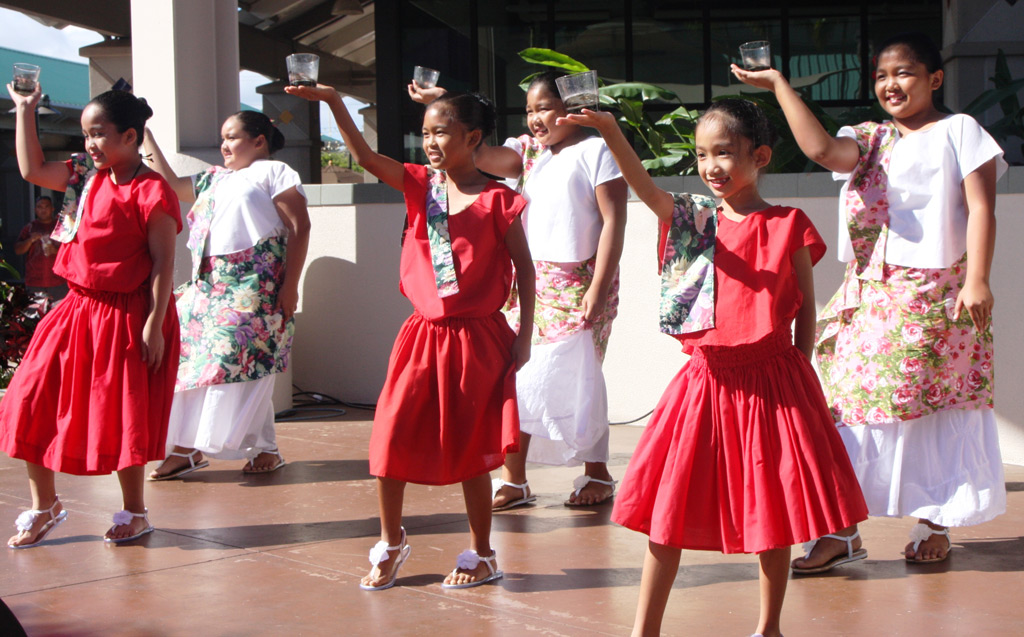
Oct 24, 2012 | Community
 Madelyne Pascua founded Dance International Production with the intention of perpetuating the Filipino culture on Maui. She continues to do that today, sixteen years after forming her dance troupe. The group’s repertoire also includes Hawaiian and Tahitian dances. Pascua earned a choreographer and director certificate from the Kalihi Palama Arts & Culture Academy on Oahu. She said her passion for dance dates back to the age of nine when she first arrived in Hawaii, learning Tahitian, hula and eventually Filipino folk dance.
Madelyne Pascua founded Dance International Production with the intention of perpetuating the Filipino culture on Maui. She continues to do that today, sixteen years after forming her dance troupe. The group’s repertoire also includes Hawaiian and Tahitian dances. Pascua earned a choreographer and director certificate from the Kalihi Palama Arts & Culture Academy on Oahu. She said her passion for dance dates back to the age of nine when she first arrived in Hawaii, learning Tahitian, hula and eventually Filipino folk dance.
She said she prefers an all-female dance troupe, but you need not be Filipino to be a part of Dance International Production. “I always tell my dancers, dance with your heart,” she said. Today, the group has 35 members ages 5 to 22. They perform once a month at the Maui Mall and two to three times a month at Whalers Village Shopping Center. In addition to private parties, Dance International Production has provided free performances at community venues including the Barrio Fiesta, Miss Maui Filipina Pageant, the American Cancer Society’s Relay for Life fundraiser and the Maui Fil-Am Heritage Festival. Dancers in 2006 traveled to the Philippines to perform in five different towns, and earlier this year they shared Filipino dances at a Barrio Fiesta held at the St. Martin University campus in Washington state.
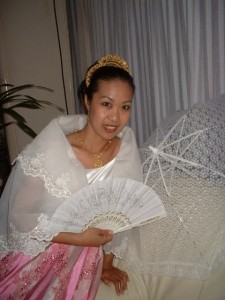 To be a part of Dance International Production, performers are exposed to dances from several cultures. “This enables the individual to learn and respect different cultures,” Pascua said. In addition, Pascua encourages her dancers to attend college and has awarded $7,000 in scholarships during the last four years to nine of her dancers. Pascua said she hopes to have continuous income from performances so that more college scholarships can be provided. Dance International Production is also aiming to have a studio with a library so that both members and non-members can learn more about world cultures.
To be a part of Dance International Production, performers are exposed to dances from several cultures. “This enables the individual to learn and respect different cultures,” Pascua said. In addition, Pascua encourages her dancers to attend college and has awarded $7,000 in scholarships during the last four years to nine of her dancers. Pascua said she hopes to have continuous income from performances so that more college scholarships can be provided. Dance International Production is also aiming to have a studio with a library so that both members and non-members can learn more about world cultures.
 Husband and wife Alexs and Rebecca Filipovic are sharing their love for soccer with youngsters across the island. They established the Valley Isle Academy this past year with the help of a sponsor who believed in their coaching methods. Aleks, a college soccer athlete, had been independently coaching Maui players in small group clinics. Rebecca, a former New Zealand national team player, has also been coaching soccer on Maui. They said they wanted to create an organization that focused specifically on technical, tactical and emotional player development, rather than building teams entering competition.
Husband and wife Alexs and Rebecca Filipovic are sharing their love for soccer with youngsters across the island. They established the Valley Isle Academy this past year with the help of a sponsor who believed in their coaching methods. Aleks, a college soccer athlete, had been independently coaching Maui players in small group clinics. Rebecca, a former New Zealand national team player, has also been coaching soccer on Maui. They said they wanted to create an organization that focused specifically on technical, tactical and emotional player development, rather than building teams entering competition. In the end, Rebecca, who works as a full-time attorney, and Aleks, who serves as the director of coaching for the academy, said they realize as coaches that they are also role models, mentors and teachers to all their athletes. “We are creating an environment that instills the values of healthy competition, sportsmanship and teamwork that players will carry in all aspects of life,” Rebecca Filipovic said. The academy operates largely on corporate sponsorship and community support. For more information, contact Rebecca at 281-3839 or Aleks, 240-538-5632, or email them at academy@valleyislesoccer.com. Their website is www.valleyislesoccer.com.
In the end, Rebecca, who works as a full-time attorney, and Aleks, who serves as the director of coaching for the academy, said they realize as coaches that they are also role models, mentors and teachers to all their athletes. “We are creating an environment that instills the values of healthy competition, sportsmanship and teamwork that players will carry in all aspects of life,” Rebecca Filipovic said. The academy operates largely on corporate sponsorship and community support. For more information, contact Rebecca at 281-3839 or Aleks, 240-538-5632, or email them at academy@valleyislesoccer.com. Their website is www.valleyislesoccer.com.





 Freshman Amelia Imada and senior King Duke visited with Maui OnStage and toured the Iao Theater for the first time this month. Their visit was part of this year’s events for the Focus Maui Nui Youth Alliance, a group coordinated by Maui Economic Development Board to explore and gain a greater understanding of key components in the local community. The visit led by Maui OnStage Executive Director Alexis Dascoulias was an effort to spotlight theater history on the island and specifically the Iao Theater’s impact on the island’s economic well-being. “MEDB is about promoting economic diversity and I wanted to take the youth to Maui OnStage for the exposure and for them to see how theater gives the economy a bounce,” Youth Alliance coordinator Willow Krause said. “When people go to the theater, they might go shopping and get something to eat and so that expands the whole environment around them,” she added.
Freshman Amelia Imada and senior King Duke visited with Maui OnStage and toured the Iao Theater for the first time this month. Their visit was part of this year’s events for the Focus Maui Nui Youth Alliance, a group coordinated by Maui Economic Development Board to explore and gain a greater understanding of key components in the local community. The visit led by Maui OnStage Executive Director Alexis Dascoulias was an effort to spotlight theater history on the island and specifically the Iao Theater’s impact on the island’s economic well-being. “MEDB is about promoting economic diversity and I wanted to take the youth to Maui OnStage for the exposure and for them to see how theater gives the economy a bounce,” Youth Alliance coordinator Willow Krause said. “When people go to the theater, they might go shopping and get something to eat and so that expands the whole environment around them,” she added.


 To be a part of Dance International Production, performers are exposed to dances from several cultures. “This enables the individual to learn and respect different cultures,” Pascua said. In addition, Pascua encourages her dancers to attend college and has awarded $7,000 in scholarships during the last four years to nine of her dancers. Pascua said she hopes to have continuous income from performances so that more college scholarships can be provided. Dance International Production is also aiming to have a studio with a library so that both members and non-members can learn more about world cultures.
To be a part of Dance International Production, performers are exposed to dances from several cultures. “This enables the individual to learn and respect different cultures,” Pascua said. In addition, Pascua encourages her dancers to attend college and has awarded $7,000 in scholarships during the last four years to nine of her dancers. Pascua said she hopes to have continuous income from performances so that more college scholarships can be provided. Dance International Production is also aiming to have a studio with a library so that both members and non-members can learn more about world cultures.